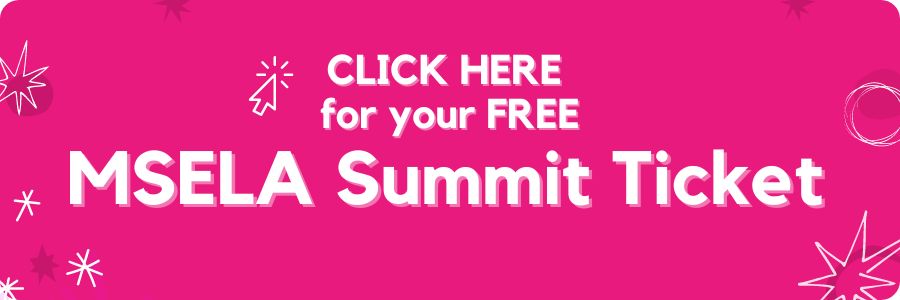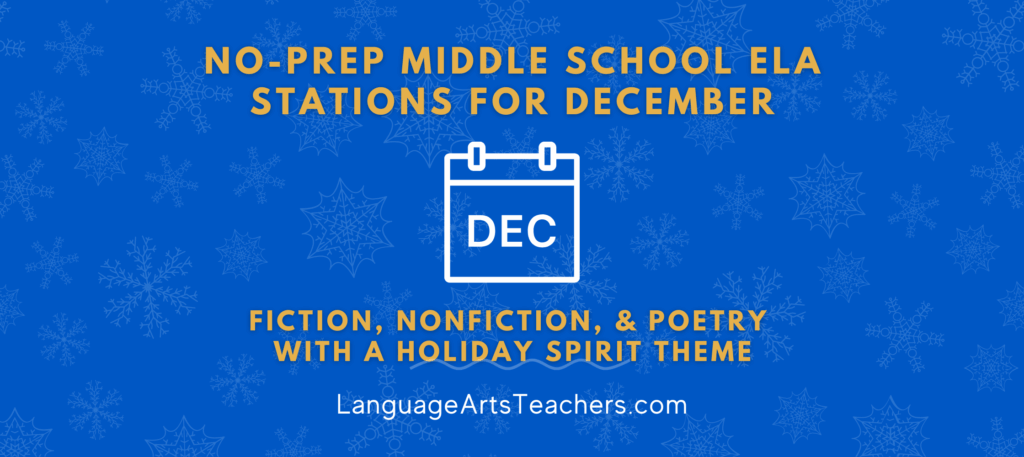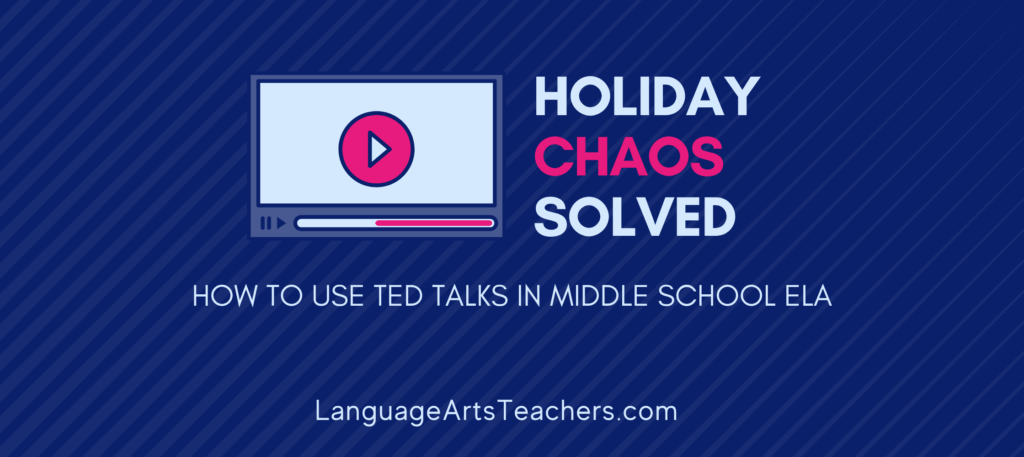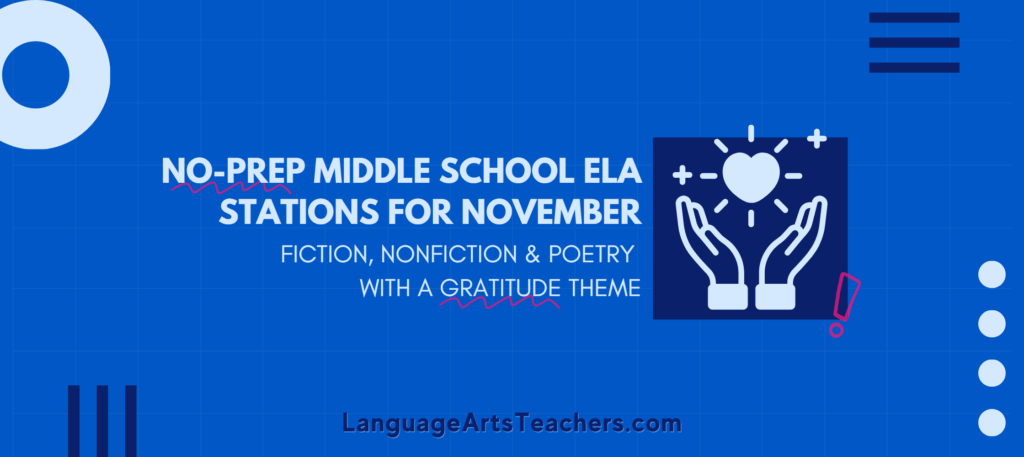Ethos, pathos, and logos are rhetorical strategies often used in persuasive writing and speech to appeal to an audience’s emotions, credibility, and logic, respectively.
- Ethos: Ethos refers to the ethical appeal or the credibility of the speaker or writer. It involves convincing the audience of the author’s trustworthiness, expertise, and authority on the subject. For example, a scientist may use ethos by citing their credentials or experience in a research paper to establish credibility.
- Pathos: Pathos appeals to the audience’s emotions, aiming to evoke feelings such as empathy, sympathy, or concern. Writers use vivid language, anecdotes, and imagery to connect with readers on an emotional level and persuade them to adopt a particular viewpoint or take action. For instance, a charity organization may use pathos in their fundraising appeals by sharing stories of individuals in need to evoke empathy and compassion from potential donors.
- Logos: Logos involves the use of logic and reasoning to persuade an audience. This appeal relies on facts, evidence, statistics, and logical arguments to support the author’s claims and convince the audience of their validity. Writers use logos to appeal to the audience’s intellect and rationality, presenting information in a clear, logical manner. For example, a persuasive essay may use logos by presenting data and expert opinions to support the argument.
Understanding and analyzing these rhetorical strategies can help students become more critical readers and effective writers, enabling them to identify persuasive techniques in texts and use them strategically in their own writing.
All ^that’s good to know (especially if you’re new to teaching Middle School ELA and you can see this coming up in a future unit you have to teach). . .
But it’s another thing entirely to actually TEACH it to your students. And what we really want to do is engage our students with those three concepts so they own the understanding rather than us simply direct-teaching the definitions.

Let’s dive into some interactive lessons and learning experiences to help with that!
Here are some engaging lesson plan activity ideas to help middle school students learn about ethos, pathos, and logos:
- Advertisement Analysis:
- Provide students with a selection of advertisements from various media sources, such as magazines, websites, or television commercials.
- In small groups or pairs, have students analyze the advertisements to identify examples of ethos, pathos, and logos.
- Encourage students to discuss how the advertisers use these rhetorical strategies to persuade their target audience and achieve their objectives.
- Afterward, facilitate a class discussion where students share their findings and insights, highlighting the effectiveness of each rhetorical appeal.
- Speech Analysis:
- Choose a famous speech that employs ethos, pathos, and logos effectively, such as Martin Luther King Jr.’s “I Have a Dream” speech, or Malala Yousafzai’s Nobel Peace Prize acceptance speech.
- Have students listen to, watch, or read the speech, paying close attention to how the speaker uses rhetorical strategies to convey their message → This is where I love using a good graphic organizer to help them track their thoughts and observations.
- Provide guiding questions to help students identify examples of ethos (credibility), pathos (emotion), and logos (logic) in the speech.
- Engage students in a discussion about the impact of these rhetorical appeals on the audience and the effectiveness of the speaker’s message.
- Persuasive Writing Workshop:
- Introduce students to the concept of persuasive writing and explain the importance of using ethos, pathos, and logos to persuade an audience.
- Provide students with a persuasive writing prompt or topic, such as “Is social media emotionally beneficial or harmful?” →I know that almost sounds like a joke, but check out this study about what teens have to say regarding social media.
- Instruct students to brainstorm arguments for their chosen position and identify ways to incorporate ethos (personal credibility), pathos (emotional appeal), and logos (logical reasoning) into their persuasive essays.
- Allow students time to draft their essays and then peer review each other’s work, providing feedback on how effectively the author uses rhetorical appeals.
- Finally, have students revise their essays based on the feedback received and share their final drafts with the class.
- Historical Document Analysis:
- Select a historical document, such as the Declaration of Independence or a presidential inaugural address, that demonstrates the use of ethos, pathos, and logos.
- Divide students into groups and assign each group a section of the document to analyze.
- Instruct students to identify examples of ethos (credibility), pathos (emotion), and logos (logic) in their assigned section, using evidence from the text to support their analysis.
- Afterward, have each group present their findings to the class and discuss the overall rhetorical effectiveness of the document.
By engaging in hands-on activities like these, middle school students can develop a deeper understanding of ethos, pathos, and logos and learn how to recognize and analyze these rhetorical strategies in various contexts.
How ‘bout learning alongside other Middle School ELA Teachers to see how they’re organizing lesson units, planning out the year, and engaging students in their Middle School ELA Classrooms? Get your free ticket to the MSELA Summit which is the annual back-to-school virtual conference specifically designed for Middle School ELA Teachers.
Click Here for the Dates + Details!





